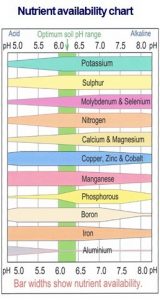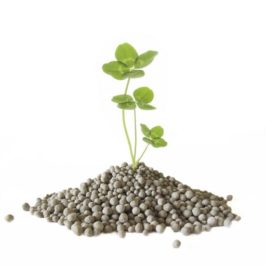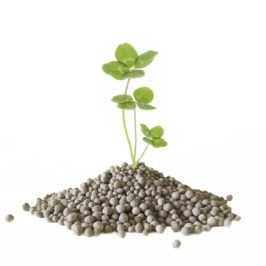Reduced costs and increased farm production can often be achieved by simply increasing soil pH. As reported by Massey University’s Fertiliser and Lime research division, increasing farm Lime input decreases Phosphate input requirements.
Massey University’s Fertiliser and Lime research division, increasing farm Lime input decreases Phosphate input requirements.
The attached chart, (which can be found in most soil science text books), reveals that optimum plant nutrient availability falls between soil pH 6.0 and 6.5. To understand the chart, notice that the coloured bars relate to the various plant nutrients and that the wider the bar the more plant available that nutrient is. As an example you will see that Potassium is only about 30% available at soil pH 5.0 and by pH 6.1 it’s 100% available. Perhaps the most dramatic example of nutrient availability is Phosphorous which you can see is about 25% available at pH 5.5 but becomes 100% available by pH 6.5.
Although seldom discussed Aluminium is perhaps one of the most forgotten minerals. Are you aware that available Aluminium is highly toxic to plants and stunts their root growth? The bottom bar on the chart shows that raising pH gradually locks up Aluminium until pH 6.0 increasing plant root depth, pasture production, drought resistance, pasture and plant nutrient uptake.
Appling Lime raises soil pH by replacing acidic Hydrogen present in the soil with plant available Calcium, (Ca). This portion of the soils total Calcium content can be found in a standard laboratory soil test described as “Calcium Base Saturation”. Often this is not graphed but instead is reported as a figure somewhere just below the graphs or on a second page. The Calcium Base Saturation soil test is perhaps the most reliable way of deciding whether a Lime application is required. Hill Laboratories, and many independent soil scientists recommend this should be between 50 and 75.
Calcium, often referred to as the “Building block of life” or the “King of fertilisers”, has been largely overlooked in recent years as a critical fertiliser input. Tight compacted soils, low worm numbers, the presence of moss, thatch and flat weeds can all be physical signs that the soil is low in Calcium. Calcium plays a critical role in plant root development and nutrient uptake, as well as in the soils physical structure and the life cycles of microbial life. When it comes to Lime the “higher the purity,” and the “finer the grind” the better the results. Depending on soil conditions, as little as 250kg/ ha of Ultra-fine particle Lime can be expected to raise Calcium Base Saturation and soil pH by 0.2 within 6-8 weeks providing there has been rain.
PFP Fertiliser’s Prilled Ultra-fine Lime and fertiliser products provides a cost effective and convenient way to apply Lime and fertiliser in one application.
Andrew de Lautour © 2016 PFP Fertilisers Ltd
For further information or a sample pack phone us on (06) 858 5235


